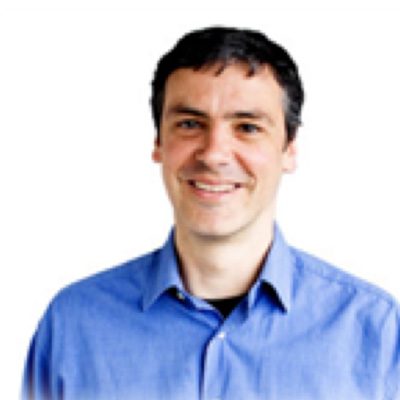

 Patrick Naulleau
Patrick Naulleau Abstract:
EUV Lithography will soon be replacing DUV immersion lithography in high volume production. With numerous 0.33 numerical aperture (NA) tools in the field, EUV has proven itself as technically extremely capable, yet availability remains a gating item for the insertion of EUV into high volume production. On the research and development front, the activity in EUV has now in large part shifted over to high numerical aperture (NA ≥ 0.5) EUV. High NA significantly stresses several current challenges and brings with it fundamentally new challenges. The most significant new challenge arises from angular bandwidth limitations of the mask multilayer requiring the use of anamorphic optics, or new multilayer material systems. The most significant extended challenge revolves around stochastics in photoresist materials and exposure processes. This tutorial will include a general introduction to EUV technology, a brief overview of the current commercialization status, and a description of the major challenges facing the extendibility of EUV highlighting new research facilities and activities focused on addressing these emerging challenges.
Bio:
Patrick Naulleau received his B.S. and M.S. degrees in electrical engineering from the Rochester Institute of Technology, Rochester, NY, in 1991 and 1993, respectively. He received his Ph.D. in electrical engineering from the University of Michigan, Ann Arbor in 1997 specializing in optical signal processing and coherence theory. In 1997 Dr. Naulleau joined Berkeley Lab on the EUV LLC program building the world’s first EUV scanner. From June 2005 through March 2008, Dr. Naulleau additionally joined the faculty at the University at Albany, SUNY as Associate Professor, also concentrating in the area of EUV lithography. In April 2010 Dr. Naulleau took the position of Director of the Center for X-ray Optic at Lawrence Berkeley National Laboratory. Dr. Naulleau has over 300 publications as well as 19 Patents and is a Fellow of OSA and SPIE.